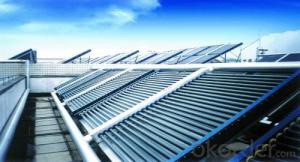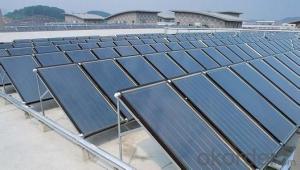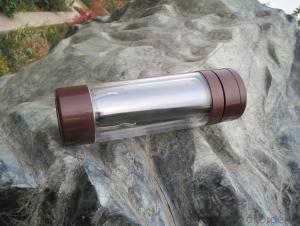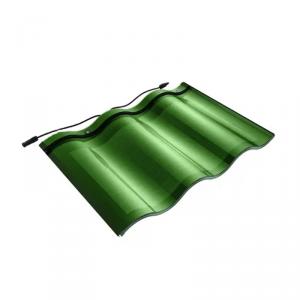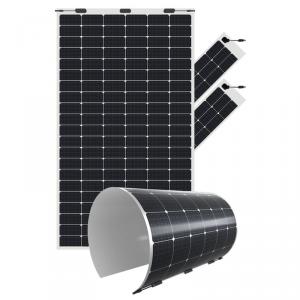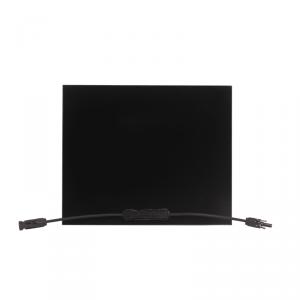House Solar Inverter
House Solar Inverter Related Searches
Solar House Inverter Solar Home Inverter Home Solar Inverter Household Solar Inverter Home Solar Power Inverter Solar Power Inverter For House Home Solar System Inverter Solar Inverter For Home Solar Power Inverter For Home Inverter For Home Solar Solar Energy Inverter For Home Home Solar Inverter System Solar System Inverter For Home Home Power Inverter For Solar Domestic Solar Inverter Home Depot Solar Inverter Home Solar Panel Inverter Solar Panel Inverter For Home Best Home Solar Inverter Solar Home Ups Inverter Homemade Solar Inverter Inverter For Home Solar System Home Solar Inverter Price Residential Solar Inverter Power Solar Inverter Best Solar Inverter For Home Solar Solar Inverter Solar Energy Inverter Inverter Solar Power Inverter SolarHouse Solar Inverter Supplier & Manufacturer from China
House Solar Inverters are essential components in residential solar energy systems, converting the direct current (DC) generated by solar panels into alternating current (AC) that can be used by household appliances and fed back into the grid. These inverters play a crucial role in ensuring that the solar energy generated is efficiently utilized and integrated into the home's power supply. In various residential settings, House Solar Inverters are used to power homes, reducing reliance on traditional energy sources and promoting sustainable living. They are particularly beneficial in areas with high electricity costs or where grid stability is a concern, as they can provide a reliable source of backup power during outages.Okorder.com is a leading wholesale supplier of House Solar Inverters, offering a vast inventory to cater to the diverse needs of customers worldwide. With a commitment to quality and customer satisfaction, Okorder.com ensures that each House Solar Inverter is manufactured to meet the highest industry standards and is thoroughly tested before being shipped to customers. This extensive inventory allows Okorder.com to provide a wide range of options for different solar energy system capacities and requirements, making it a one-stop solution for all House Solar Inverter needs.
Hot Products























